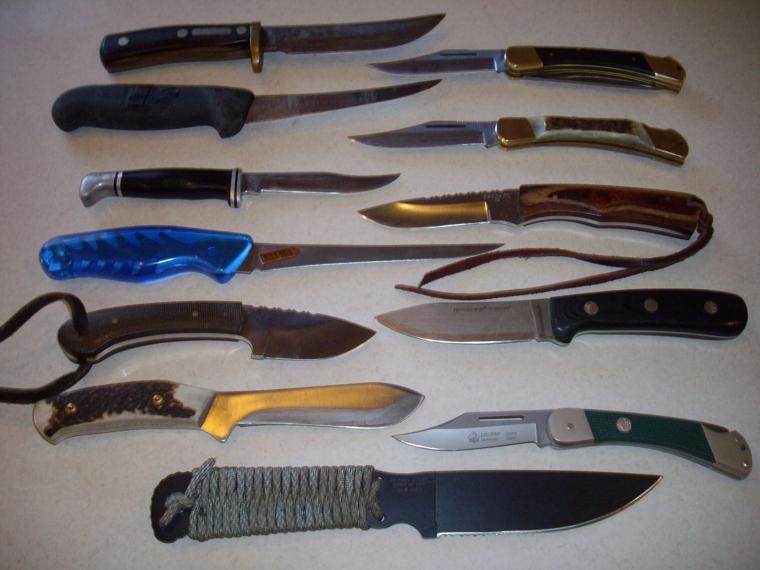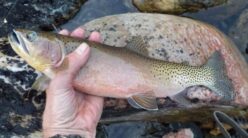A knife is a tool. You’ll need a different designed knife for each of your tasks. Just like you don’t only own one screwdriver because of different jobs that you’ll encounter, it’s the same with knives. You’ll need various designs of knives for your various outdoor tasks.
I write a weekly Knife Product Review for Ammoland.com. I also do knife-related seminars from Texas to Alaska. So I get to test a lot of knives. What totally puzzles me is some of the bizarre designs I see.
When you buy a knife, you need to consider two things: quality and design.
A knife needs to be of good quality so it will hold up to our tasks. But equally important, it has to have a functional design. To verify what I’m saying on the design topic, go to any popular outdoor store and look at the knife selection. Ninety percent of them are of some Rambo/Star Wars/gothic-type of design. They may catch the eye of a young buyer but they’re nonfunctional in our outdoor world.
Even some decent companies that have ventured into producing knives make weirdly designed knives. They’re a good quality company but they don’t have a clue what us outdoorsmen need. Why wouldn’t they ask us? A few years ago I got invited by a popular outdoor company to the big unveiling of their new knife line at their presentation in Vegas. They had some good quality knives but they were some weird designs. If they didn’t know anything about knives, why didn’t they ask us outdoorsmen what we favor? I’m lost. I don’t understand it at all.
To further drive home this point. Just this year at the SHOT Show, a company told me that they were going into the knife business. I got talking to them about designs and it soon became apparent that they didn’t have a clue. How can you go into the knife-making business and not have a clue and — worse yet — not even get a consultant? In about 10 minutes they asked if I would design their knives for them.
It puzzles me how many people go into a business and don’t have a clue. And it’s not just in the knife-making business. I’m helping a guy in another venture right now that sank $16 million into a venture of which he knew nothing. I see this in all avenues of business.
So when you go out to buy a knife, I’d advise you investigate your purchase from two angles. First, only look at knives from manufacturers that produce good products.
So what if they make a knife that has superb designs if it is a cheap piece of junk from China? I can name a popular knife company that has great designed knives, but they are all produced in China. I challenge you to show me a top-notch knife produced in China.
After you’ve settled on a few top manufacturers to choose from, the next thing to look for is a good design. I’ve written numerous articles on this topic but in the outdoor world, there’s only five designs to consider. (Granted, if you’re filleting fish on the coast, you’ll need a couple more than I’m listing here.)
I can pretty much do anything with either a 4-inch clip point or drop-point skinning knife, caping knife, a 6-inch boning knife and an 8-inch breaking knife. That is my knife list for outdoorsmen. Some of the top manufacturers are Knives of Alaska and Diamond Blades, and in the boning/breaking knives category, check out the Dexter Russell Don’t Tread on Me knives.
If you’re talking about survival-type of knives, then I’d recommend a straight-blade, heavy duty, 6-inch knife that can endure chopping, prying and opening canned food.
I’m not a tactical guy, so I can’t give you any advice on that angle.
So as we close, if you don’t get anything else out of this article, learn to look for two things when buying a knife. Look for a quality made knife and the proper design. This advice applies to any kind of knife that you buy, not just outdoor knives.
Tom Claycomb lives in Idaho and has outdoors columns in newspapers in Alaska, Idaho, Utah, Nevada, Colorado and Louisiana. He also writes for various outdoors magazines and teaches outdoors seminars at stores like Cabela’s, Sportsman’s Warehouse and Bass Pro Shop.



